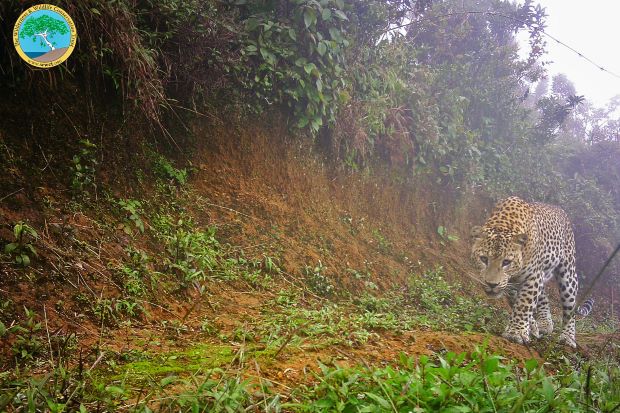Relief in Sri Lanka as key threat to nonprotected forests is repealed
By Malaka Rodrigo
COLOMBO — Environmental activists in Sri Lanka are celebrating the end of a 2020 decree that left the island’s nonprotected forests more vulnerable to agriculture and development projects.
“This is a landmark victory for the protection of these important forests, securing their long-term conservation,” said Eric Wikramanayake, chair of the Environmental Foundation Limited (EFL).
The EFL and its former director, Rukshan Jayawardene, were the plaintiffs in the lawsuit challenging the decree at the Supreme Court. The case ended in their favour in early September, two weeks before the presidential election; after the election, the newly inaugurated government formalized the repeal of the decree.
The controversial decree on ‘other state forests’, or OSFs, was issued in 2020 by then-president Gotabaya Rajapaksa (who would resign two years later amid overwhelming protests after leading the country into its worst economic crisis in history). The decree transferred the management of OSFs to local authorities, making it easier for these lands to be released for development projects, primarily agriculture.
Before then, OSFs, also known as ‘residual forest’, could only be developed after review by relevant government ministries and an environmental assessment. Rajapaksa’s 2020 decree was meant to ease these restrictions and boost agricultural activity by devolving authority over these forests to local councils. But the move was widely criticized for jeopardizing these forests and their high biodiversity and carbon potential.
“If the OSFs are lost, we could lose significant biodiversity even without realizing it,” Kanishka Ukuwela, who has conducted research on OSFs, told Mongabay. “For instance, a study on the Menikdena OSF in Sri Lanka’s Central Province revealed it to be a hotspot for herpetofauna, with 63 species of reptiles and amphibians — over 30% of which are endemic, and 16 of which are nationally threatened.”
OSFs lie outside Sri Lanka’s formal protected area network and cover a combined 338,229 hectares (835,782 acres), or 5% of Sri Lanka’s total area. A 2021 study co-authored by the EFL’s Wikramanayake warned that the “retrograde step” represented by the 2020 decree undermined Sri Lanka’s climate goals, noting that OSFs potentially hold at least 89 million metric tons of carbon dioxide.
Located in biodiversity-rich regions, OSFs also serve as crucial habitat corridors; some are even standalone state forest patches or proposed reserves. Wikramanayake highlighted the importance of their protection for maintaining ecological connectivity, particularly around existing protected areas.
Residual forests also play a key role in Sri Lanka’s commitment to increasing its forest cover to 32% by 2030. The country has also signed up to the 30×30 program, part of the UN Convention on Biological Diversity’s global initiative to protect 30% of the world’s land and marine areas by 2030. As nonprotected areas, OSFs are prime candidates for inclusion in the 30×30 goal simply by conferring formal protection on them.
Protecting OSFs is also vital for mitigating human-wildlife conflicts, according to Andrew Kittle and Anjali Watson, conservation biologists with the Wilderness and Wildlife Conservation Trust (WWCT). Leopards, for instance, rely on these forests as critical corridors between protected areas. Without the sanctuary that these forests provide, the big cats could be driven to prey on livestock and domestic animals, leading to more frequent confrontations with humans. OSFs also help maintain the genetic diversity of leopards and other wildlife by ensuring connectivity between otherwise isolated populations. In the Central Highlands and lowland wet zone, where protected areas are limited, these forests are particularly important.
Prithviraj Fernando, chair of the Centre for Conservation and Research (CCRSL), said OSFs are also important for Sri Lanka’s wild elephants, 70% of which live outside protected areas, including in OSFs. The destruction of these habitats would likely exacerbate Sri Lanka’s already severe human-elephant conflict, which claims the lives of around 400 elephants and 150 humans annually.
Protecting these forests is, therefore, essential for conserving biodiversity and for upholding Sri Lanka’s commitments to global environmental goals, environmentalists say.
-news.mongabay.com



Comments are closed, but trackbacks and pingbacks are open.